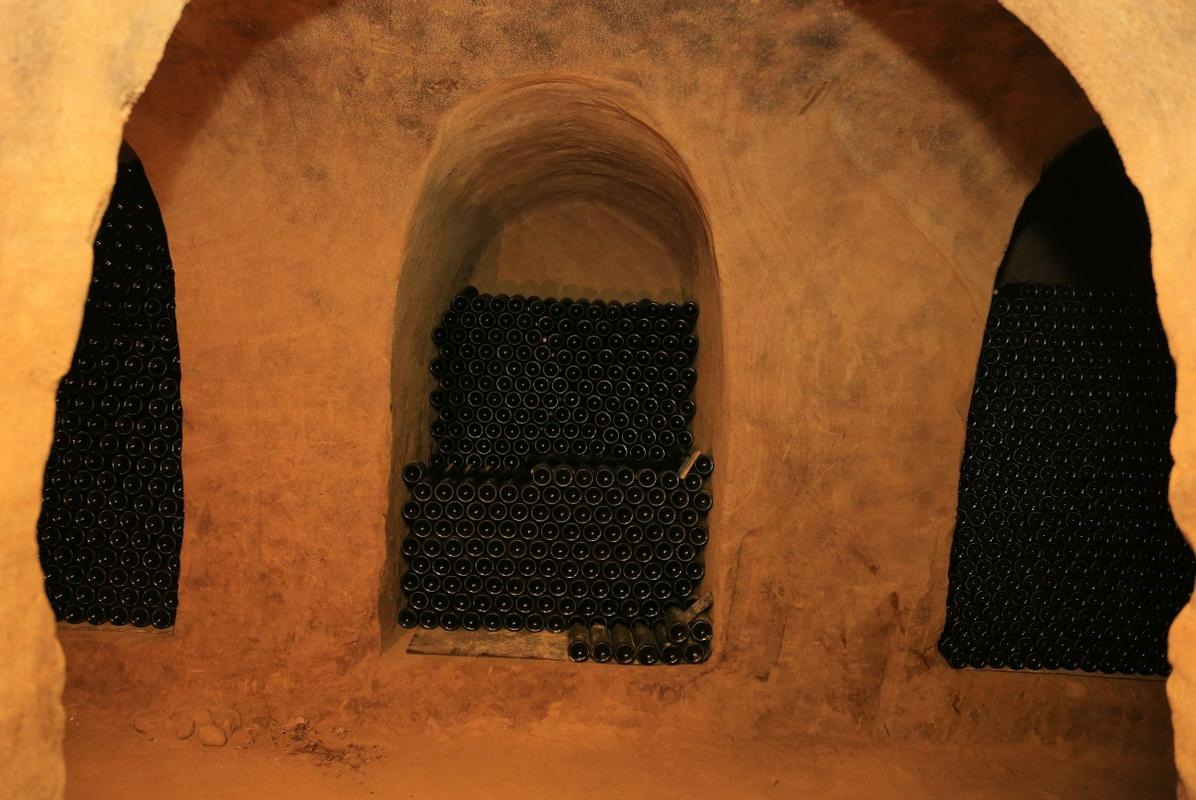
A number of farmsteads in Slovenia’s Bizeljsko region, a region of hills and vineyards, conceal entrances to mysterious tunnels. A few of the tunnels have multiple levels, and some are more than 200 years old.
The tunnels, bored into local hillsides, are known as repnice (turnip caves). The first ones were constructed centuries ago and were used to store farm produce, including turnips, which is how they got their name. The Bizeljsko area was once on the coast of the ancient Pannonian Sea. When the waters withdrew, large deposits of sandstone remained, and it was that material that made the construction of the tunnels possible. Local farmers were able to bore their way into the crystalline sandstone using ordinary pickaxes; numerous fossilized seashells served as reminders that they digging through ancient beaches.
Repnice, with their year-round temperature averaging 8 degrees Celsius or 46 degrees Fahrenheit, turned out to be an ideal environment where local farmers could store their produce. At one time, more than 160 turnip caves could be found under the hillsides of Bizeljsko. Some even turned useful in times of conflict. Local residents used them as makeshift bunkers during World War II.
In the postwar era, the advent of modern refrigeration almost sealed the fate of the turnip caves. Many were abandoned and began to collapse. In just a few decades, their numbers dropped to around 50, and it seemed that their very existence was under threat.
But in recent years, something remarkable happened. Local wine growers discovered that the temperature and the humidity of repnice were ideal for the storage of quality local wine, and the turnip caves got a second life as wine cellars. Suddenly, old repnice were no longer left to collapse. Instead, several were restored to how they looked like in their heyday.
Now, many of the caves also serve as tourist attractions, giving visitors a chance to explore a unique form of local below-ground construction. Twelve of the turnip caves are open to visitors; one of them even has ornate decorations resembling the interior of a palace. Increasingly, local authorities are hoping that the age-old repnice will bring visitors to this sunny, but often overlooked part of Slovenia.

































































